As the pride of Indonesia, Borobudur is known as the largest Buddhist temple in the world . According to UNESCO, this is a masterpiece of Buddhist architecture and temple art.
Borobudur - an outdoor tourist attraction covering more than 2,500 square meters and the largest Buddhist temple in the world. Photo: Borobudur |
After new regulations were applied to preserve the historical and cultural heritage values of Borobudur Temple (Indonesia), tourists have had very different experiences when visiting this unique spiritual tourist destination.
Ancient engineering wonders
This beautiful Mahayana Buddhist temple is near the city of Yogyakarta, Central Java, Indonesia.
Dating back to the 8th-9th centuries, Borobudur was built in a pyramid shape on a hill. Borobudur was hidden under layers of volcanic ash and jungle vegetation until 1835. It is believed to have taken 75 years to build and is made from andesite (a grey volcanic rock), cut, transported and laid without mortar. Today, historians know little about its construction or its original purpose. They are still studying and comparing thousands of carved reliefs for clues.
The structure has three main levels, including five concentric square terraces, three circular platforms and a massive stupa on top. The three-tiered hilltop structure takes the shape of a Mandala from above and the stupa can be seen rising above the surrounding hilly countryside. A mandala is a circular motif that holds special significance in Buddhism and Hinduism.
Aesthetically, architecturally, intellectually and historically, Borobudur is arguably as awe-inspiring as Cambodia's Angkor Wat. Photo: Herry Sutanto/Unsplash .
The temple also houses a collection of 504 Buddha statues and 72 stupas. Each stupa has a statue of Buddha scattered around the steps. The walls and railings of Borobudur are also decorated with more than 1,600 relief panels. Exposed to the natural weather for more than 1,000 years, Borobudur underwent a major renovation in 1970.
The headless Buddha statue at Borobudur. Photo: Penny Watson
Among the remaining statues, some of the Buddha statues at Borobudur are missing their heads. Many say that the reason the Buddha statues lost their heads was because a group of local people stole them and sold them to traders from the Netherlands, India and China.
Borobudur Temple also has 2,670 stone sculptures depicting unique scenes of society 1,200 years ago. These are images of daily life in Java in the 8th century, from commoners to royalty and monks. In addition, the temple also depicts Buddhist legends such as Atula, gods, Bodhisattvas...
The precious reliefs serve as a rich reference guide for historians specializing in the study of architecture, weapons, costumes, beliefs, or means of transport of the 8th century in Java.
In 1991, this site was recognized as a UNESCO world heritage site. Photo: Stjernegaard.
The United Nations Educational , Scientific and Cultural Organization (UNESCO) recognized Borobudur Temple as a World Heritage Site in 1991. The temple has undergone many restorations since then, but still retains its mythical, mysterious and magical nature to the point that it cannot be fully explored.
Closed for renovations
Din, a tour guide, said he was happy with the changes at Borobudur temple since it reopened in March this year.
The world's largest Buddhist temple underwent renovations in March 2020, coinciding with the outbreak of the Covid-19 pandemic. The temple was forced to close due to poor preservation conditions, including issues related to vandalism, graffiti, chewing gum, etc.
By 2016, the temple was in serious disrepair. The local custom of climbing the stupas to touch the Buddha statues was also a problem, gradually eroding the stone. In response to these risks, this practice was banned in 2019.
New conservation regulations
According to the Indonesian government, the new regulations have been implemented with the aim of preserving the temple and also “preserving historical and cultural heritage”.
Currently, the temple complex is limited to 1,200 visitors per day, with 150 visitors per hour, in eight time slots. The entry tax has been increased from a fixed $25 to $90 (about 1.4 million rupiah) for foreign tourists and about $50 for domestic tourists.
Indonesia requires tourists to wear “special slippers” at the world’s largest Buddhist wonder. Photo: Penny Watson .
Tourists are given special sandals called “upanat” to wear and must be accompanied by a local guide.
The “upanat” slippers are made from woven pandan leaves, designed to be lightweight and comfortable for the feet. In addition, the use of “upanat” slippers made from local materials is expected to bring economic benefits to the community.
To prevent the risk of causing harm to the temple as mentioned above, visitors are required to present identification when purchasing tickets and their personal information is stored in wristbands, which are scanned by security to ensure compliance with time limits.
Many new regulations are being applied to preserve and conserve this unique spiritual tourist destination. Photo: Alain Bonnardeaux/Unsplash.
In addition, tourists are not allowed to bring food when visiting the temple, so people cannot litter like before.
Students are only allowed in the yard, not in the temple to minimize the situation of sticking chewing gum or using erasers to draw graffiti on the tourist attractions.
Previously, visitors also had the opportunity to reach the top of the temple before the sun rose to enjoy the dawn moment, standing among the ancient, solemn reliefs, sparkling with golden sunlight. However, with the new regulation, Borobudur temple is only open from 8am to 4pm and people and tourists can no longer access the top stupa.
Regarding this issue, the local tour guide said that the new opening hours regulation was introduced because the stairs here are very steep, and there have been too many elderly people slipping, falling and getting injured while visiting the temple at dawn.
Currently, the world's largest Buddhist temple is no longer open to visitors to welcome the sunrise. Photo: Mikkinis/Pixabay
Penny Watson, who visited Borobudur in November, said she had been to the world’s largest Buddhist temple a decade ago. She recalled wandering around the temple freely, with few tourists and no security. But her visit after the new regulations were put in place was also interesting, steeped in rich history and ancient things that tourists had never known.
The Travel - Cuisine section presents readers with good books that inspire travel. Not just simple travel, each work recounts the journey of discovery, learning many interesting things from new civilizations and places of the authors.
According to Zing.vn
Source


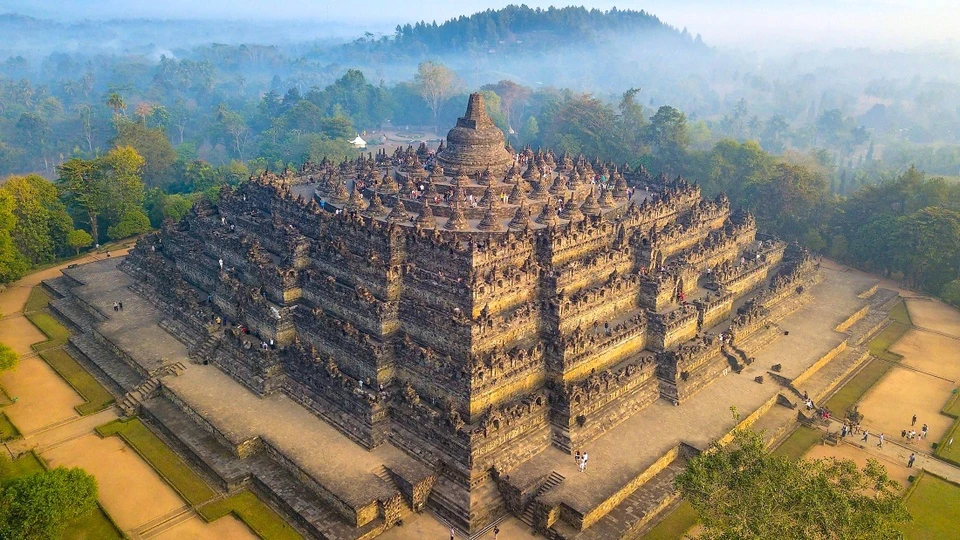
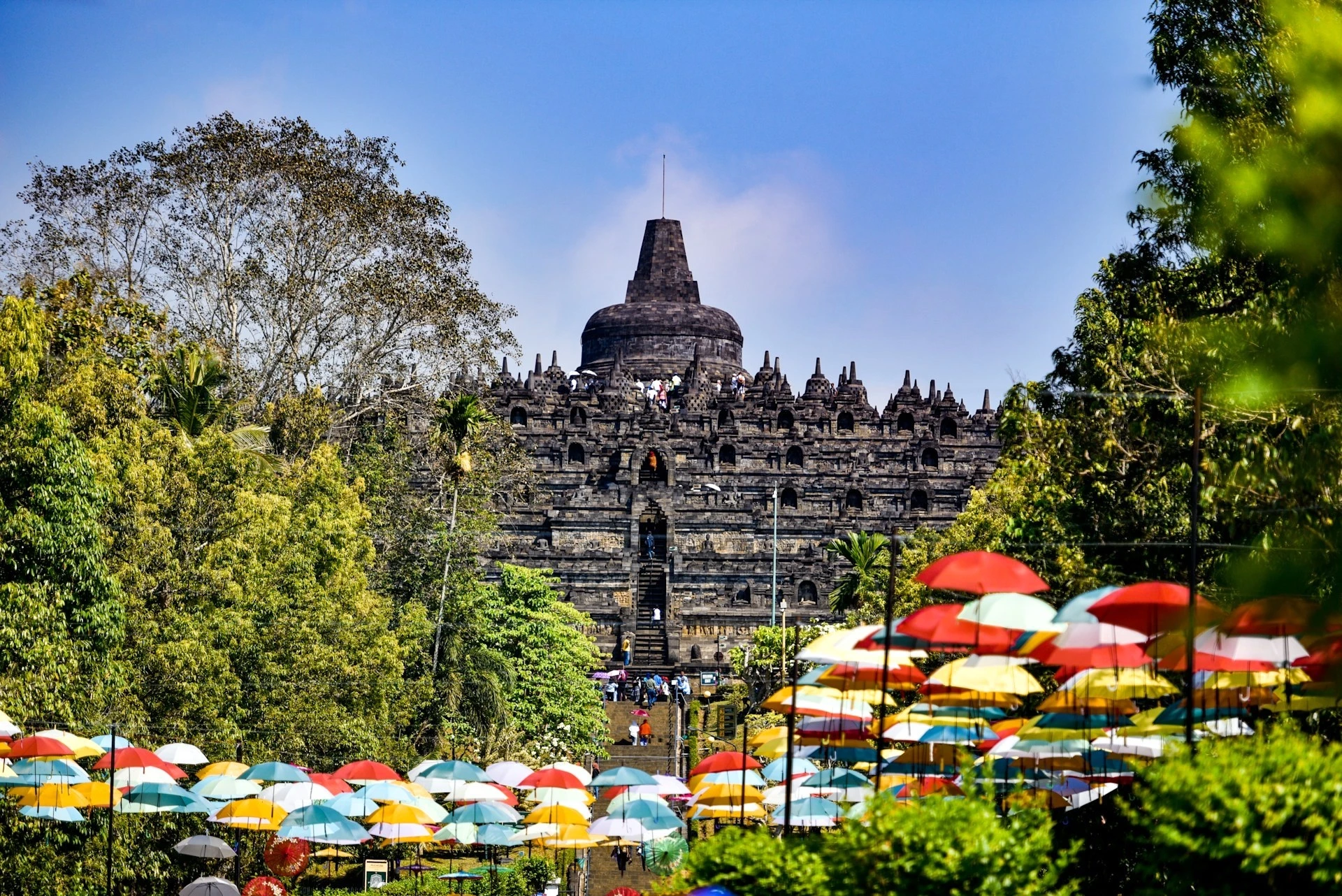
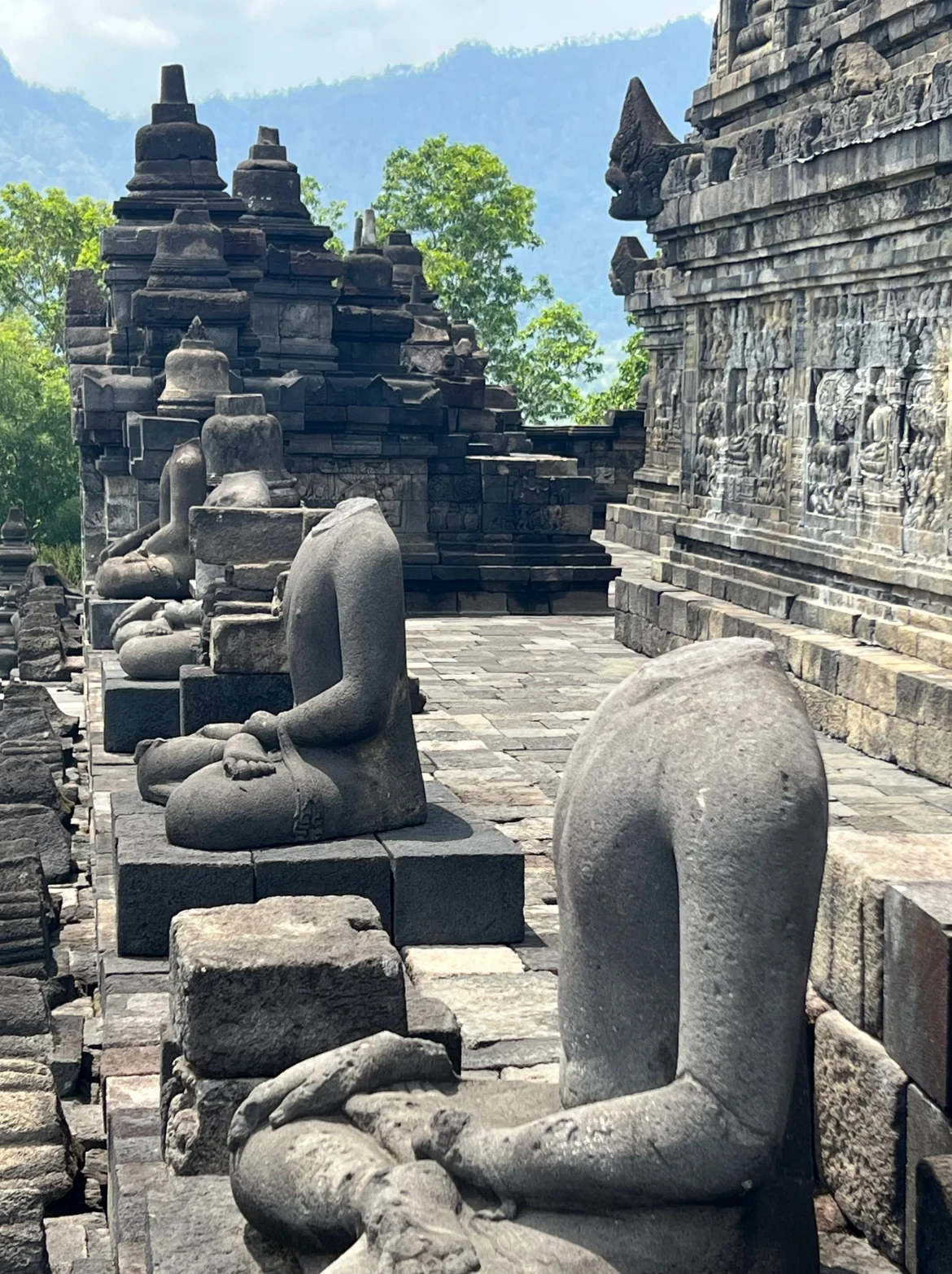
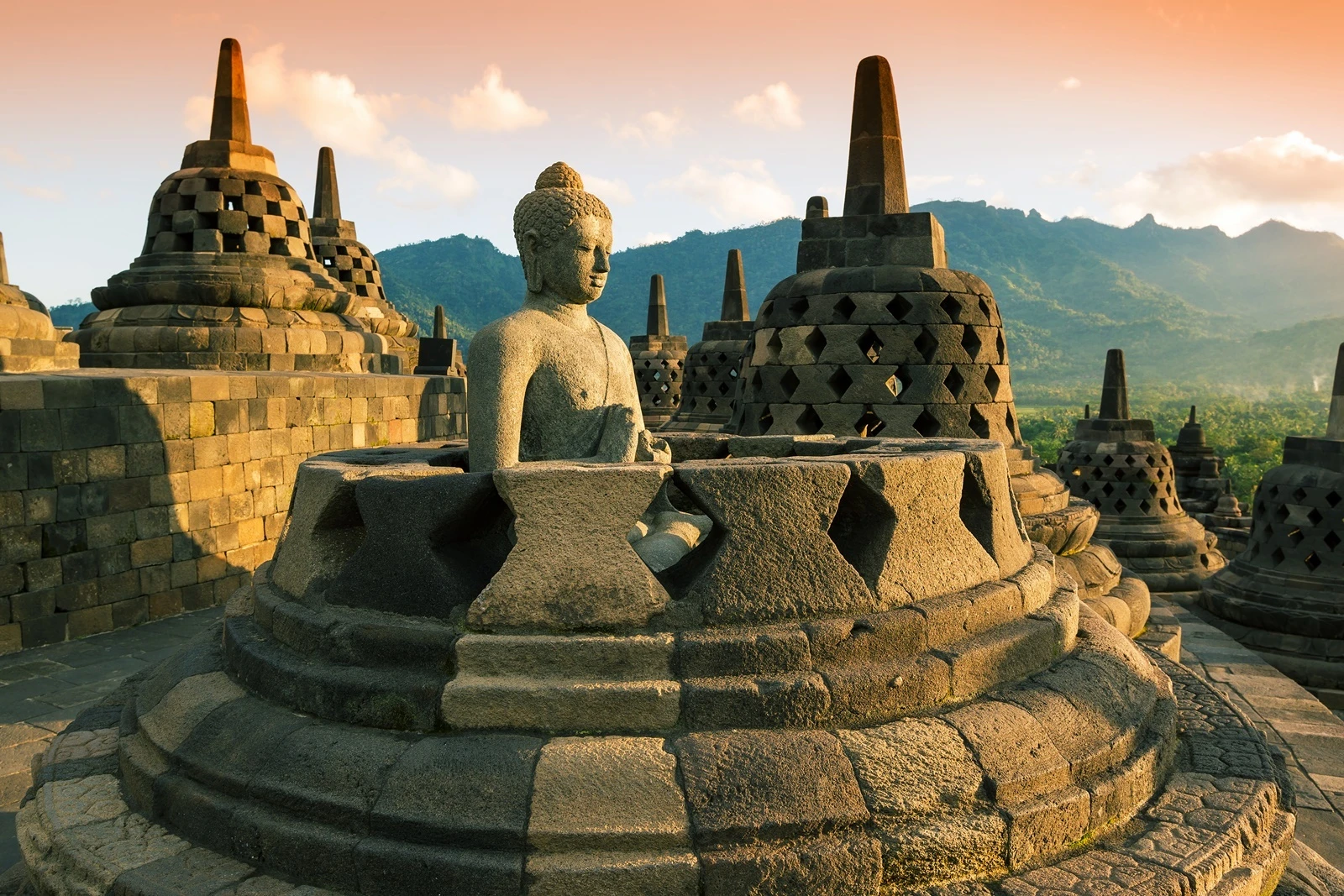
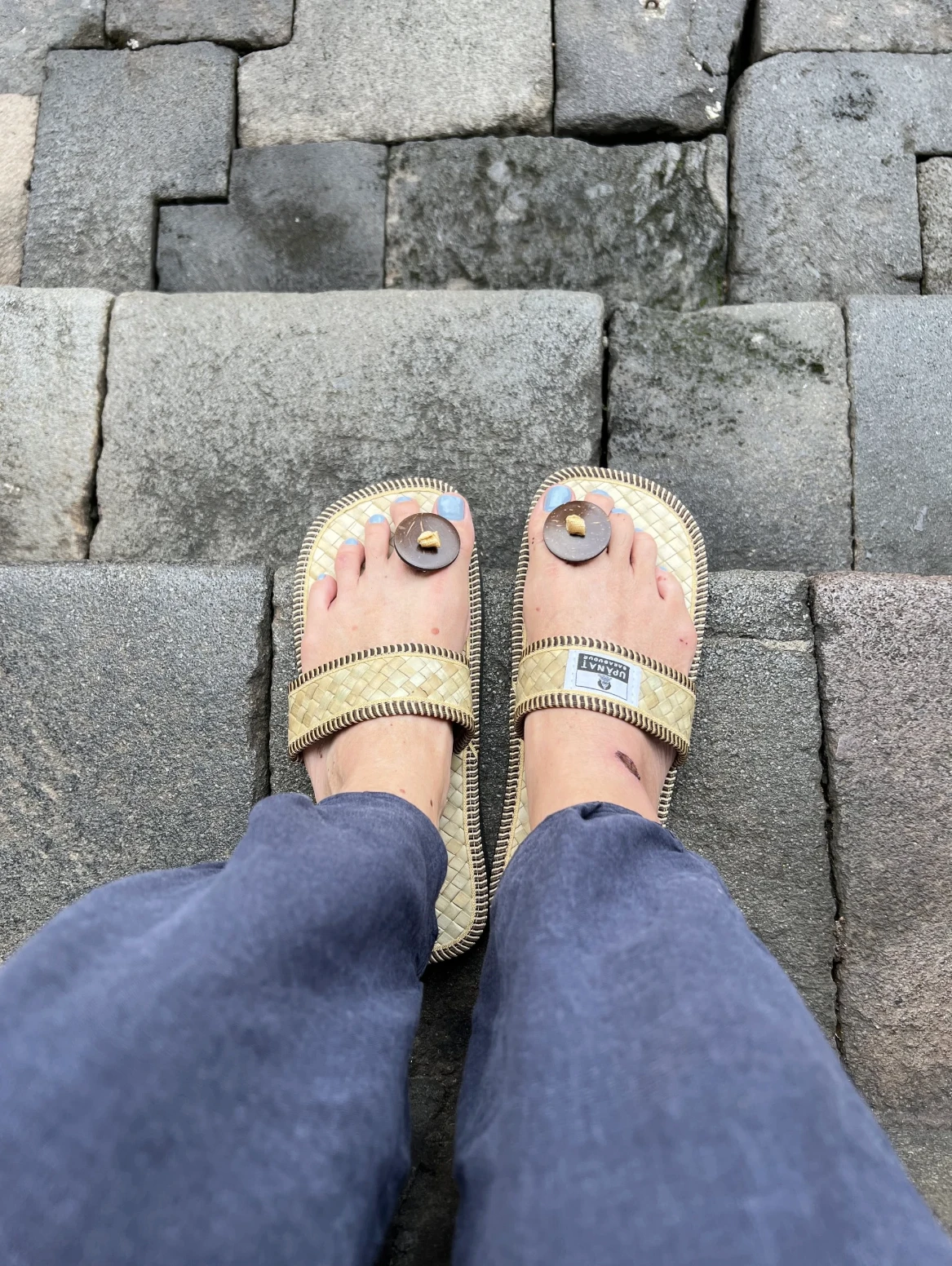
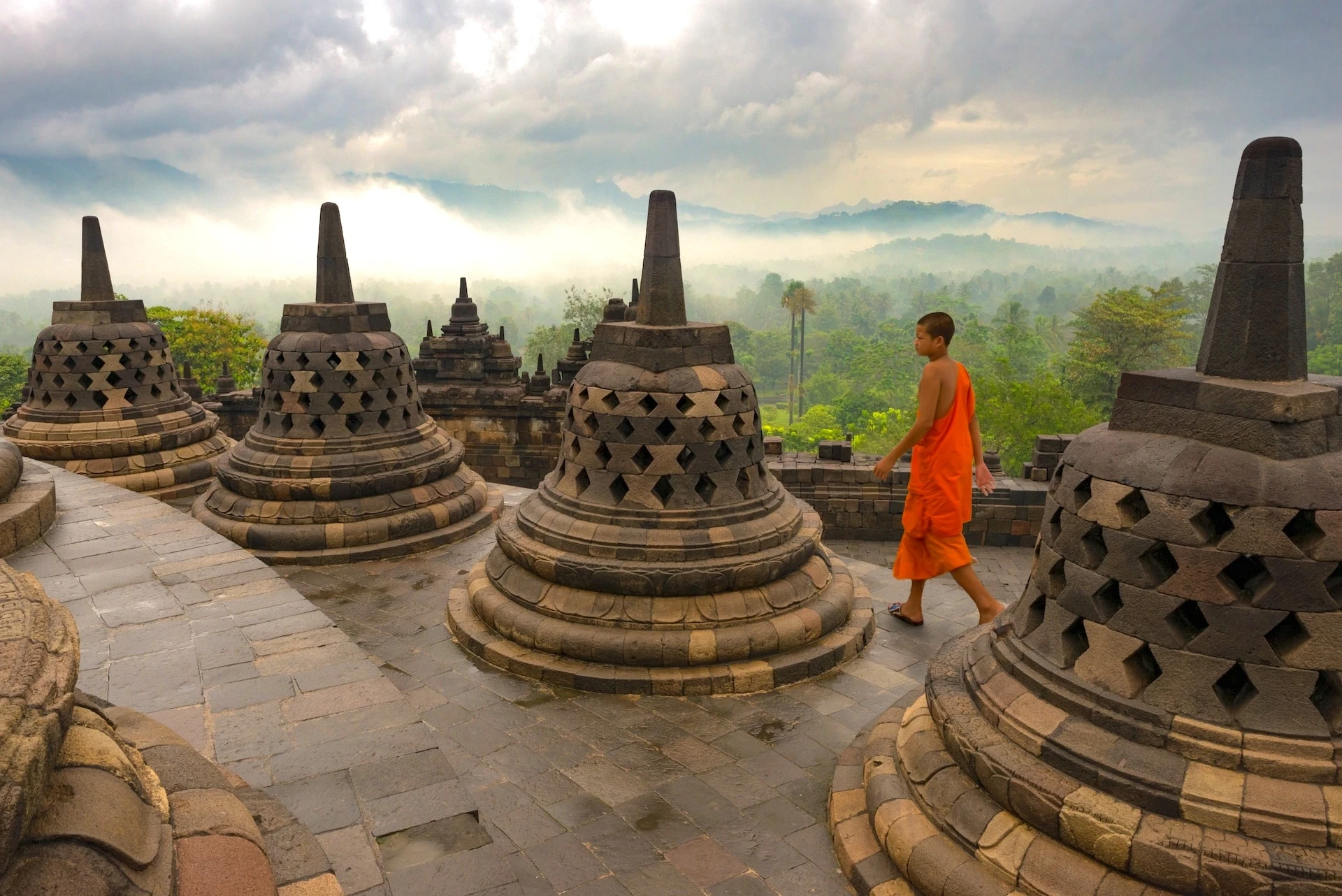
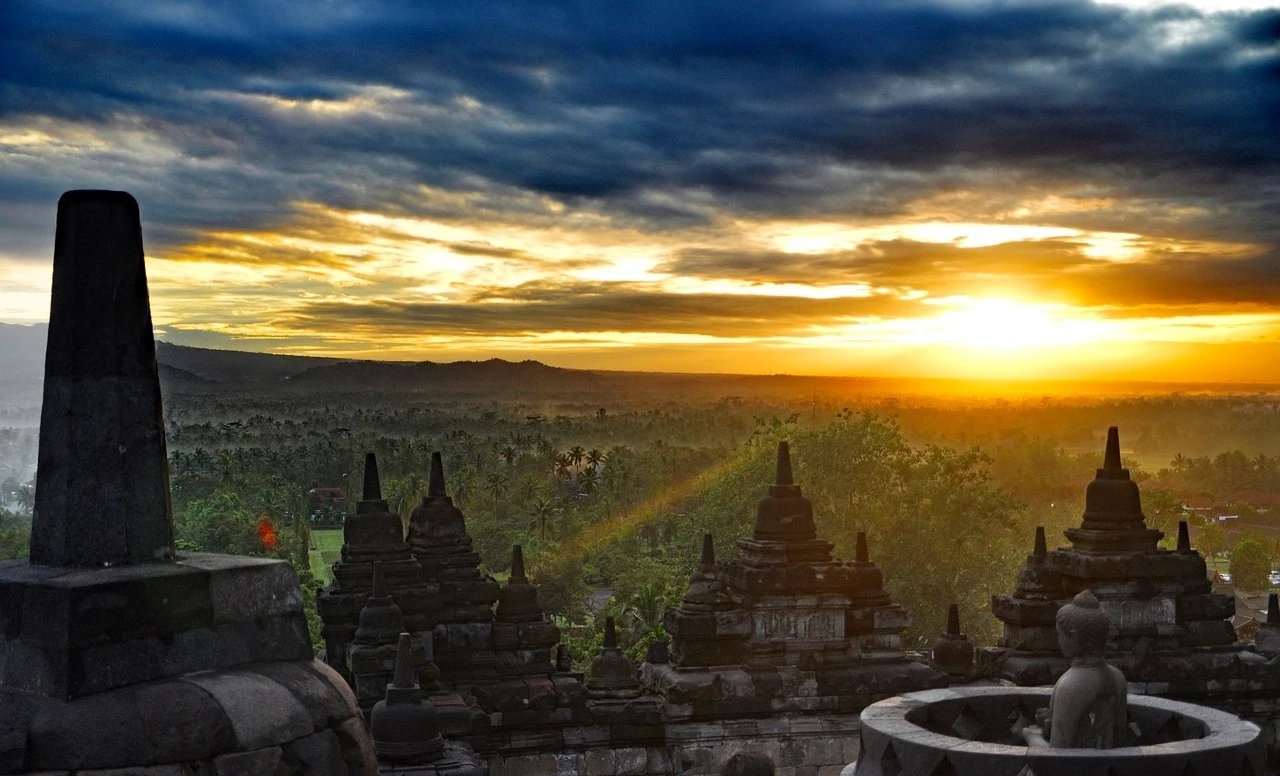
![[Photo] Prime Minister Pham Minh Chinh chairs the first meeting of the Central Steering Committee on housing policy and real estate market](https://vphoto.vietnam.vn/thumb/1200x675/vietnam/resource/IMAGE/2025/9/22/c0f42b88c6284975b4bcfcf5b17656e7)





















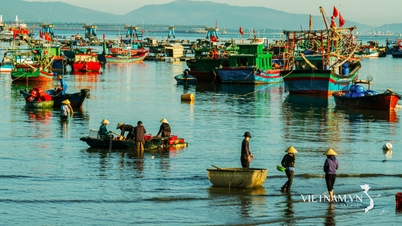

![[Photo] General Secretary To Lam presents the First Class Labor Medal to the Vietnam National Energy and Industry Group](https://vphoto.vietnam.vn/thumb/1200x675/vietnam/resource/IMAGE/2025/9/21/0ad2d50e1c274a55a3736500c5f262e5)
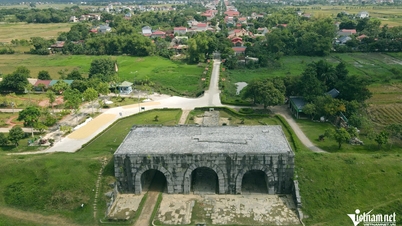





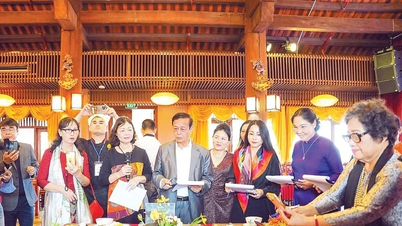





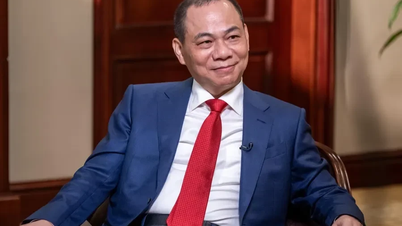


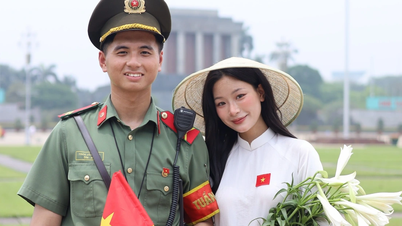

















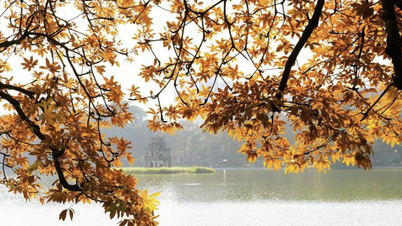




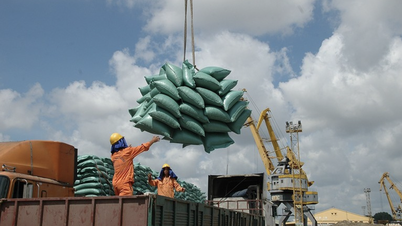














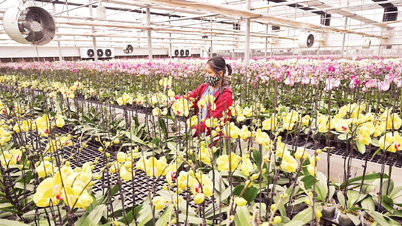












Comment (0)